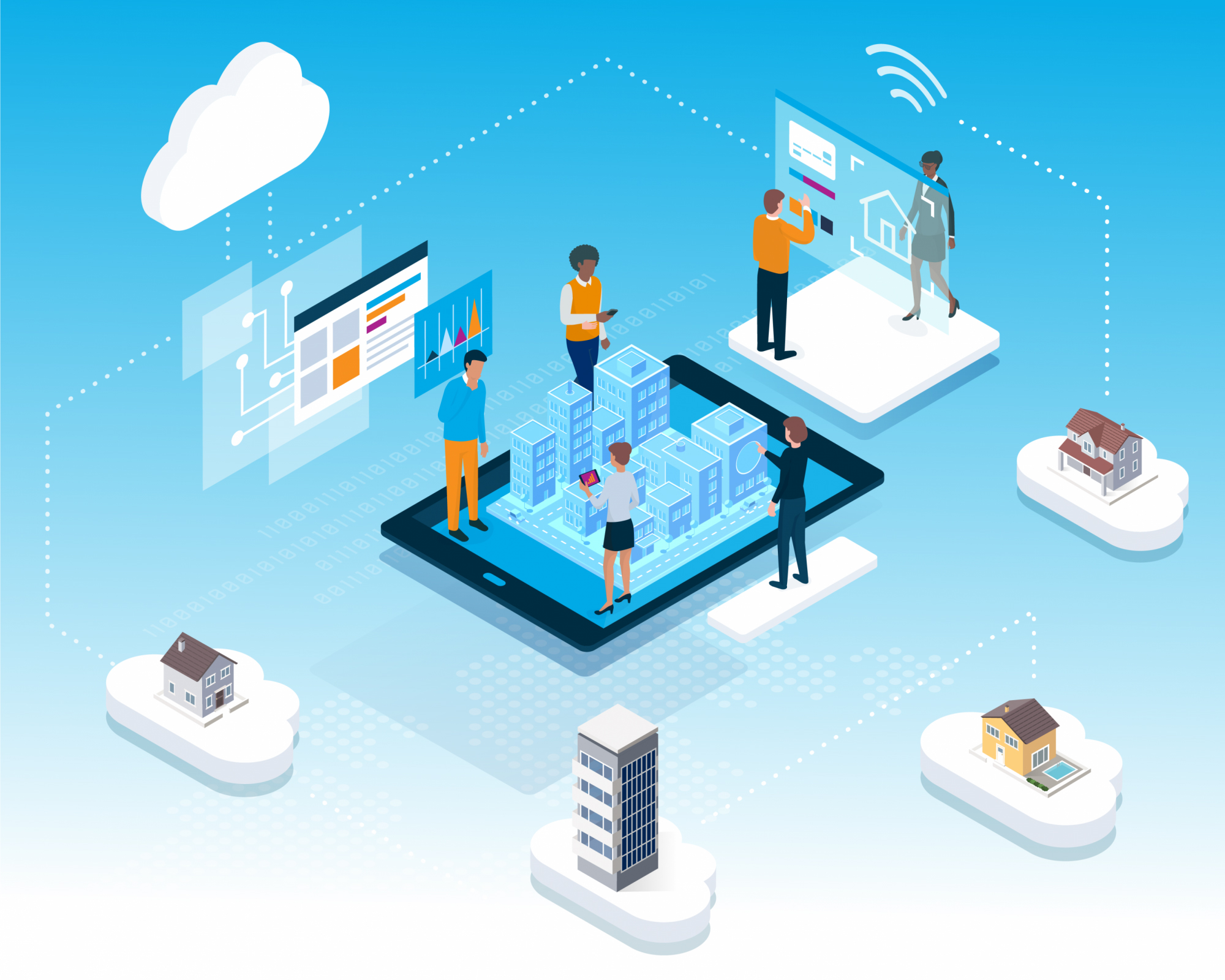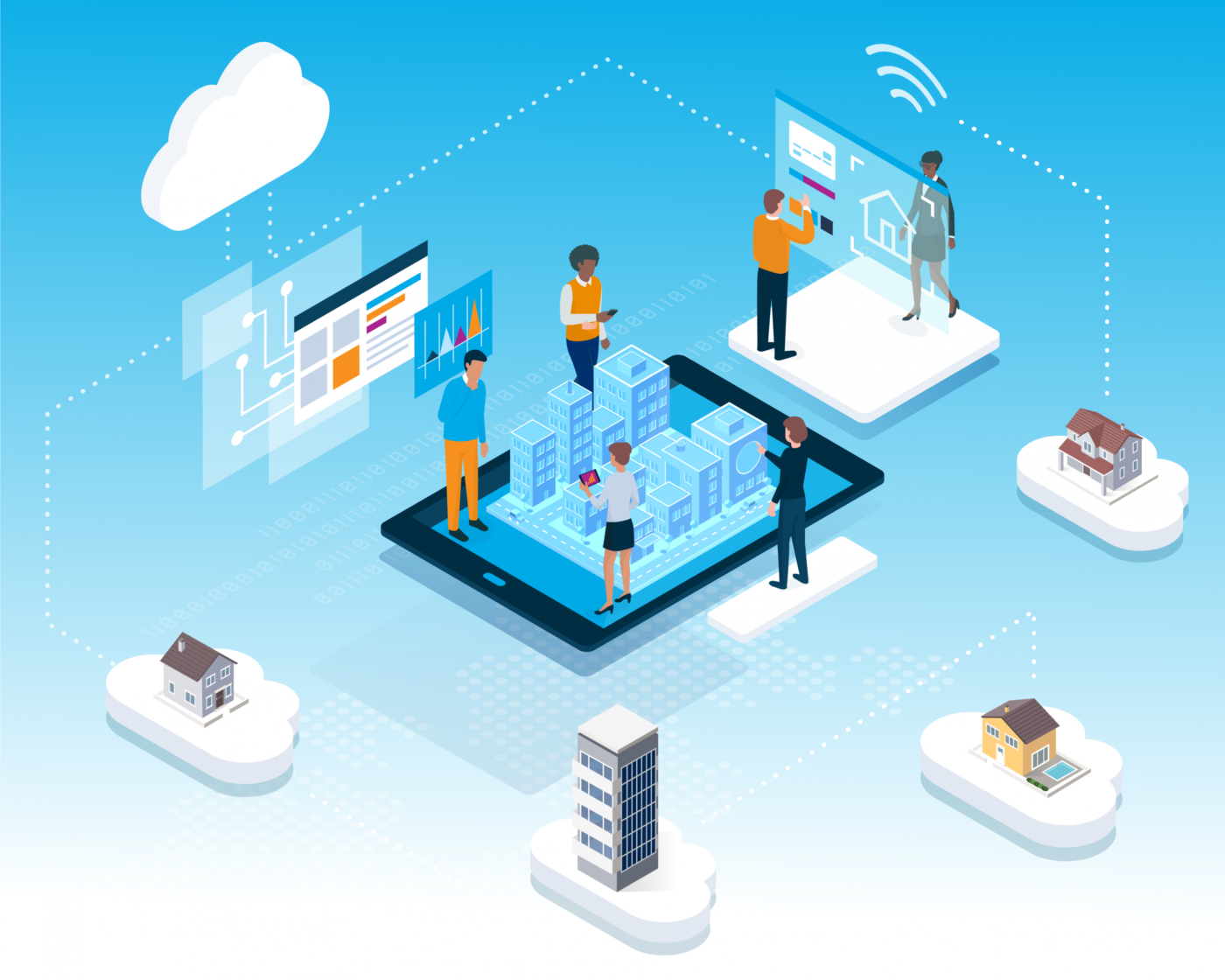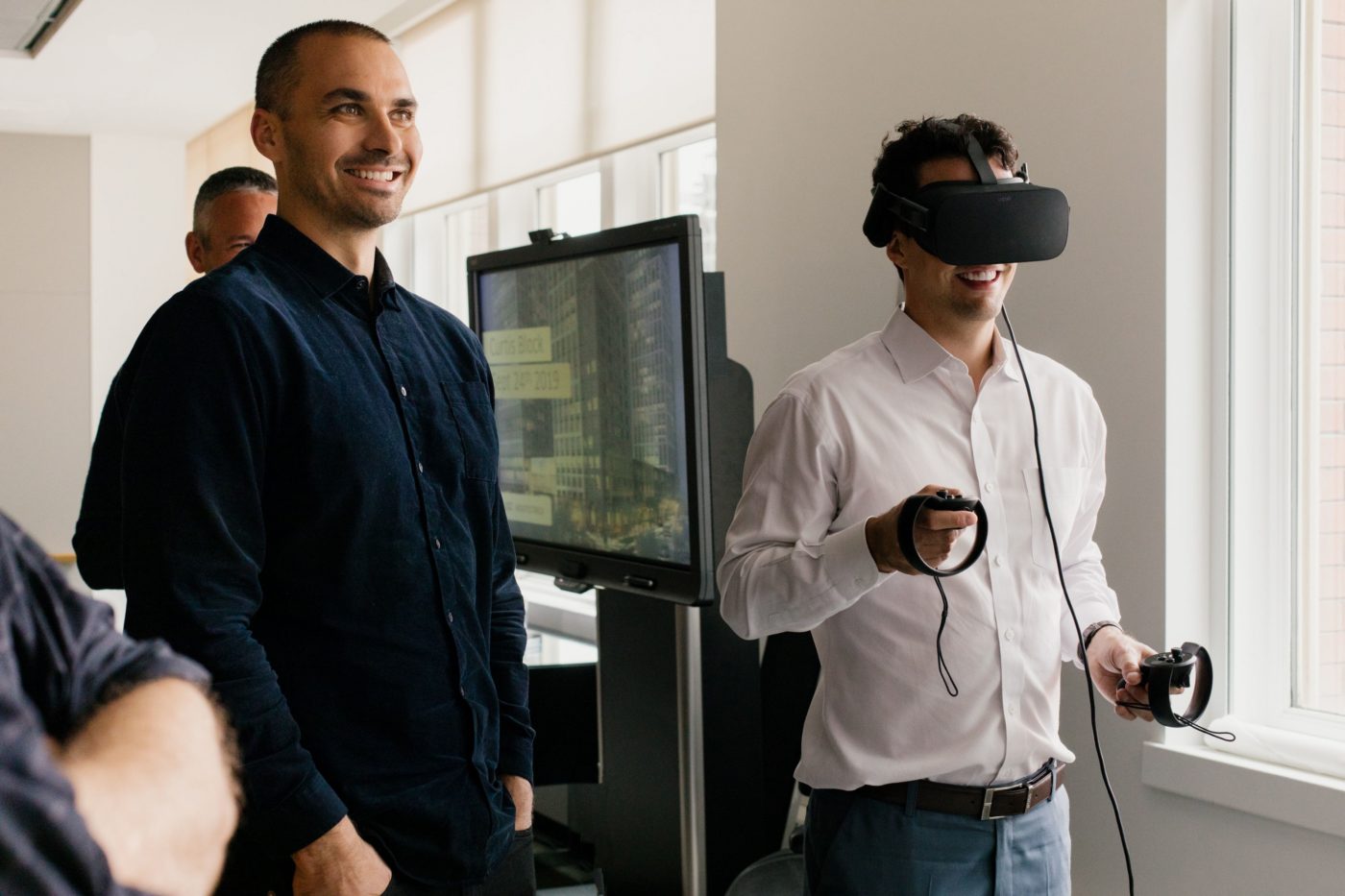DIALOG’s Director of Technology (CTO), Roberta Kowalishin, shares her covid-disruption insights for DesignIntelligence.
[As published in DesignIntelligence, July 2020. See the original article here.]
COVID-19 is going to sort design practices into two categories – the Digital Thrivers and the Digitally Unequipped. Where will you land? Observations about this massive disruption from DIALOG’s Director of Technology (CTO) Roberta Kowalishin.
Design Intelligence (DI): How was DIALOG ready and able to get all 600 DIALOG employees working from home successfully, securely, and supported by your technology team in less than a day?
Roberta Kowalishin (RK): Innovation is a core value – we experiment with many modern solutions and continue to do so. Fortunately, we were well-positioned to work remotely before the pandemic forced it upon us. Two thirds of our employees are equipped with laptops while all others can access their equipment remotely with virtual desktops that include several choices of modern collaboration tools, automated tools to monitor infrastructure and update employee workstations, and additional solutions that better secure our users and infrastructure. A culture of rapid adaptation is needed in this new normal.
DI: Thank goodness your leadership and tech team invested in a “Business Continuity / Disaster Recovery plan”, right?
RK: Not at all. There’s been a lot of talk about resilience especially in the technology world – both in our own personal and social health as well as that which is related to our technology. Maybe some firms had more robust plans than we did but predicting for a pandemic response was not a scenario in our business continuity plan (BCP) or disaster recovery plan (DRP). I’ll wager that it wasn’t in many other tech group’s plans either. Instead of spending a lot of time documenting a traditional BC/DR plan, we focused on modernizing our infrastructure to make it more accessible remotely, moved to multiple cloud providers (providing instant resilience) and reduced our own data center footprint.
We will be rethinking how we approach Business Continuity and Disaster Recovery planning in the future (and I expect my peers will as well). This pandemic has proven that a cloud first strategy and modern IT Infrastructure with solutions from several vendor clouds (For example Microsoft, Amazon, Google, Oracle) and technology that lets users work from anywhere played the most important role in our ability to shift in a day to 100% to work from home.
DI: Yikes, 600 remote studios – everyone working at home. Aren’t you worried about cybersecurity?
RK: Sure, we are. Many new threats and scams are using coronavirus as a reason to communicate including plenty of coronavirus email phishing scams and invitations from unknown “helpful vendors”. We’ve been beefing up security layers of “defense in depth” for several years now. We remain vigilant and aware that risks always exist. That’s all I’m going to say on that topic.
DI: – Seriously, how can design practices work with customers and do design without the help of technology in the short term? They can’t. And what about the long term if employees or clients prefer remote work or COVID forces additional rounds of stay-at-home? We all know a new normal is being defined right now.
RK: Clients will migrate towards designers who are easy to work with, who can work flexibly, and who have easy-to-use solutions. We have a solid base of technology solutions, but we can’t stop innovating and learning about what this new normal will need.
On the journey to understanding remote work – internally and with clients, the winners will be the early adopters who continue to pay attention to the people, processes and technology solutions that enable remote design and collaboration. This means cloud-based solutions that can be remotely managed, in 3rd party data centers with security controls and redundant network connections.
We know that some firms are still struggling with technology solutions that can’t be accessed remotely, with little or no gateway connections to other internet or cloud systems for collaboration, connection, design, documents and shared BIM models. It’s not too late to get going on this, but it’s may be a lot harder to find technology resources, partners, vendors, experts to help right now. We’re all in this together and I’d welcome connections with peers who need help or to discuss approaches.
DI: Reframing the new normal – what are you learning about the humans and wellbeing in our community by working remotely with all this new technology?
RK: A few years ago, DIALOG invested in a joint research project with the Conference Board of Canada, which yielded the Community Wellbeing Framework – a values-based design thinking framework for improving the health outcomes of architectural design projects. Our rationale was simple: given the proliferation of research into the relationship between spatial design and health, design work needed an easy-to-use set of guardrails to shore up the results we wished to produce. In the same way this framework sets boundary conditions at the front end of design, it can also be used as a measurement tool once a design project is complete and in use by occupants. DIALOG’s Community Wellbeing Framework (CWF) is different from certification-driven checklists like LEED and WELL because it defines health along well-defined metrics of social, economic, political, cultural, and environmental wellness.
In our first few weeks of working from home, DIALOG’s Leader of Social Research and Strategy recognized an opportunity for DIALOG to measure the wellbeing of its 600+ employees during this time when they’d all become designers of their own workplaces. Using these ideas as basis as the work from home experiment continues, we can generate data in the indicator categories established by the Community Wellbeing Framework and learn a lot about supporting employees working from home. This data driven research is needed to understand how to evolve shared, studio workplace environments in the new normal to support our own employees, clients and create healthy, resilient spaces in the future.
No surprise that in fact many of our team members really like the remote work environment and don’t want to return to a studio. Others miss the camaraderie. I sense guarded optimism as one of my colleagues noted “I’m optimistic. I think coming out the other end of this change we will see some incredible developments and innovation. I am hopeful that the positives will eventually outshine the negatives and we’ll move into the 2020’s a revivified culture locally and globally. There’s no going back 100% to the way it was. The effects of this period of history will be a prominent thread in the tapestry of human history.”
DI: How is it possible to support employees when they are at home and our Tech team can’t just walk up to their desk and troubleshoot?
RK: Technology support on any platform has moved well beyond needing IT support to “touch” broken things. We’ve focused on automating how we make remote changes to software, solutions and tools our employees need, from their workstations, laptops, and virtual desktops. We’re continuing to experiment in this area, especially on how we can depend more on cloud-based solutions – and strong dependence on tools in the cloud.



